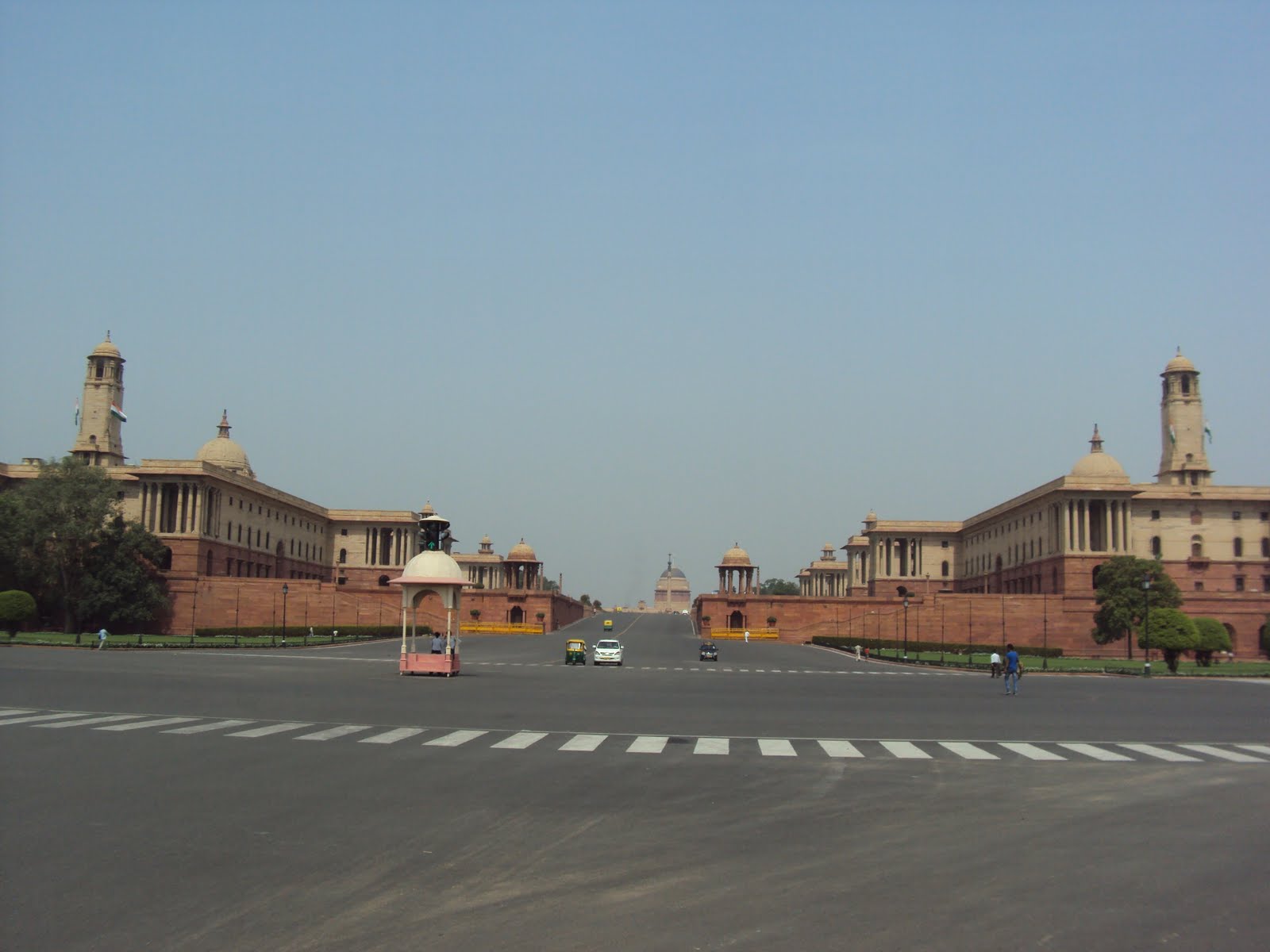The latter half of the 18th century witnessed the decline of the Mughal empire with Marathas dethroning them and taking hold of Delhi. However, they tried to rule Delhi remotely and it didn’t last long. They were defeated by the British East India Company in 1803, and the colonial era in Delhi’s history began.
Fusion of cultures: Delhi’s influence

The East India Company had already annexed most of the Eastern and Southern parts of India, and they stamped their authority by maintaining a fair distance from the locals. However, Delhi was different. First of all, Calcutta being the company’s capital, they allowed Bahadur Shah Zafar to remain the namesake ruler. What’s more, unlike the cities of Madras and Calcutta, the British chose to live and mix with wealthy Indians in the walled city, Shahjahanabad. They started to appreciate and enjoy the Urdu and Persian culture and poetry. They even willingly took part in the local festivals. For some time, the Mughal period seemed to continue unabated. This period is often referred to by historians as the period of the “Delhi/ Urdu Renaissance”.
The rebellion of 1857
However, all this changed when local Indian soldiers started a mutiny in early 1857 that soon spread like wildfire. Delhi was captured by this group who declared Bahadur Shah Zafar as the emperor of India. Many British officers were killed and the Company’s forces fought back. Delhi was re-captured and this time important institutions like the mosques were demolished. Even most marble structures within the Red Fort complex were destroyed. Bahadur Shah was exiled to Rangoon and his sons executed. Even the institutions like the Delhi College that was a forum for cultural exchanges between the British and Indians were discontinued.
The rule of the British Monarchy
The British Monarchy took over the reins from the East India Company after the rebellion of 1857. This was a time of sheer neglect for Delhi since the capital of the empire was kept at Calcutta. Most of the Mughal territories were annexed and made a part of the British Raj. An important Mughal heritage, the walls of Shahjahanabad were broken to establish the railway network and to allow the expansion of the city beyond the confines of the erstwhile pride of the Mughal empire.
The glory restored

It wasn’t long before the British realized the strategic significance of the city of Delhi. A visionary emperor like Shah-e-Jahan hadn’t moved his capital to this ancient city for no reason, after all. Viceroy Lytton organized Delhi Darbar in 1877 to acknowledge Queen Victoria as the empress of India and communicate to the Indian people that the Mughals were no longer in charge. It took the British another 35 years before making up their minds that they no longer could afford not to have Delhi as their capital city. King George V was crowned the ruler in England in 1911, another Delhi Darbar was organized, and the decision to shift the capital of British India from Calcutta to Delhi was formally announced.
Demolishing a legacy
The British planned a New Delhi as their capital that had no resemblance with the Old city. They wanted the stamp of their authority all over the place. Edward Lutyens and Herbert Baker were given the responsibility of designing a city in stark contrast to the Mughal capital Shahjahanabad. Sprawling bungalows, wide roads, better water supply and sewage systems, no crowded lanes or mohallas; there was no place for history. It was to be an imperial Delhi.
This was in brief a history of Delhi losing and regaining its glory in a space of a hundred years. Our next post will take you through a journey of Edward Lutyen’s creation, the New Delhi, the story of the Raj Path and the President House (Rashtrapati Bhawan (Viceroy’s residence then), and much more. Don’t miss the fun!
 About the author
About the author
Sandeep Singh is an architect from IIT Roorkee. He is a prolific writer and a sensitive poet. His professional posts mostly cover the future in Architecture. His books are chiefly devoted to the inner and outer battles that a disabled person in India faces every day. His poems mostly reflect his inner world. He also works with the “Safe in India Foundation”, a social change initiative that strives to bring qualitative change to the lives of the Indian worker’s community.

